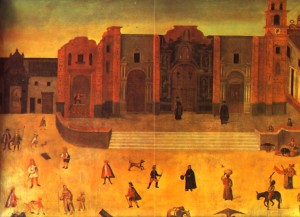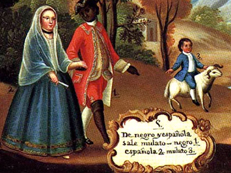Posted in Lecture Videos, Week 6 Lecture | Tagged with affect, Argentina, Brazil, C19th, discourse, gender, history, liberalism, race, rights, slavery, women
Posted in Lecture Videos, Week 3 Lecture | Tagged with C15th, C16th, C18th, casta, Catalina de Erauso, colonialism, difference, history, identity, Las Casas, mestizaje, mixture, painting, race, representation, slavery, visual art
The scars of slavery are present and it fact remain deeply gashed into the fabric of North America. For me the most alarming thing is the lack of accountability and reconciliation on the part of many Latin American countries. I’ve … Continue reading →
Posted in Blogs, Week 6 | Tagged with Chile, race, slavery
The scars of slavery are present and it fact remain deeply gashed into the fabric of North America. For me the most alarming thing is the lack of accountability and reconciliation on the part of many Latin American countries. I’ve … Continue reading →
Posted in Blogs, Week 6 | Tagged with Chile, race, slavery
This week we are learning about why liberalism never quite thrived in Latin America, and why perhaps liberal ideals were never fully absorbed and integrated into Latin American cultures and societies. As we learnt last week, the Caudillo revolutionaries had ideologically great ideas for the future of Latin America, included in these were: freedom, equality, …
Continue reading “Post-Revolution Latin America: Race and Acceptance In a ‘New’ Society”
Posted in Blogs, Week 6 | Tagged with acceptance, caudillos, colonialism, emancipation, indigenous rights, race, revolution





